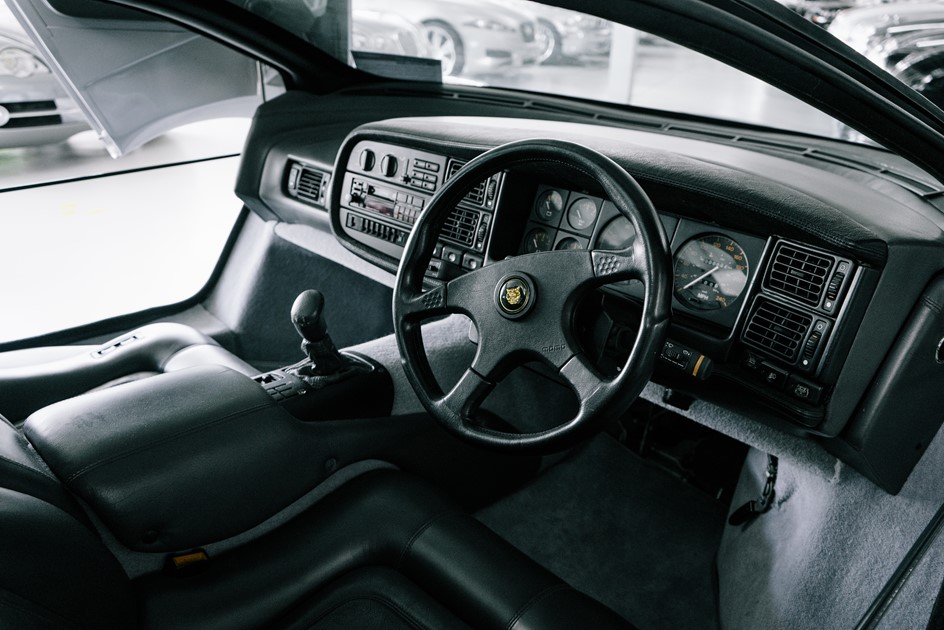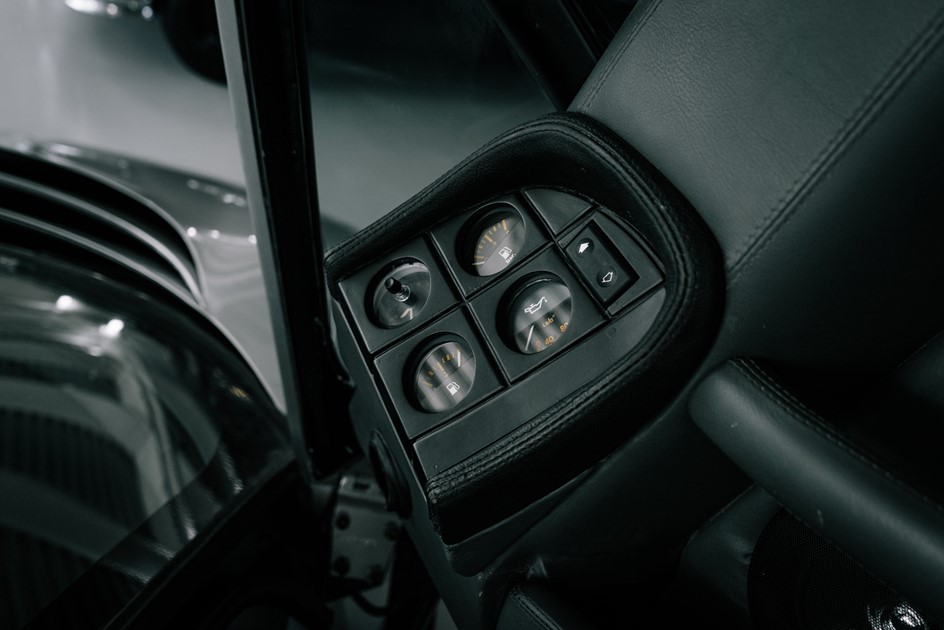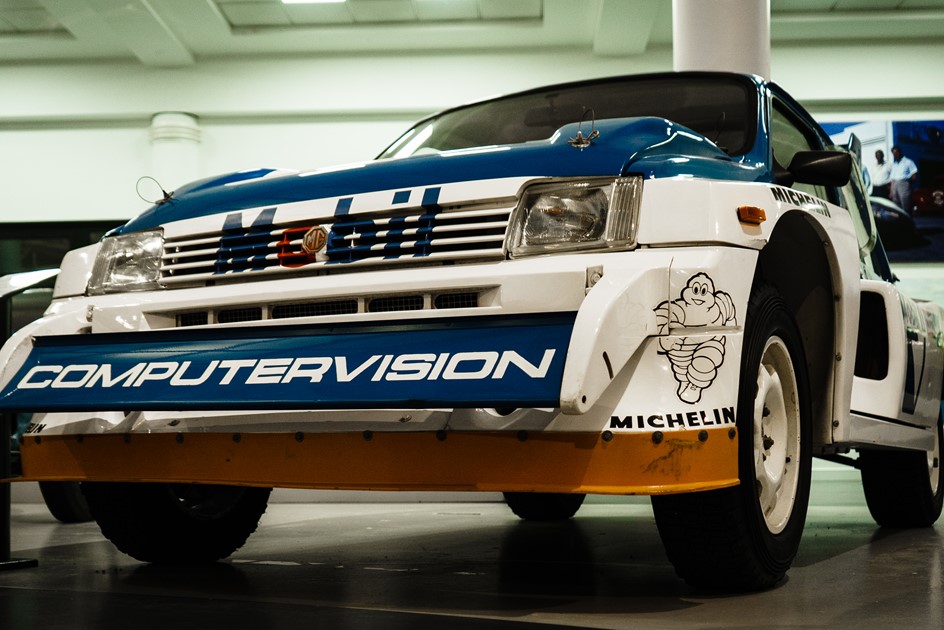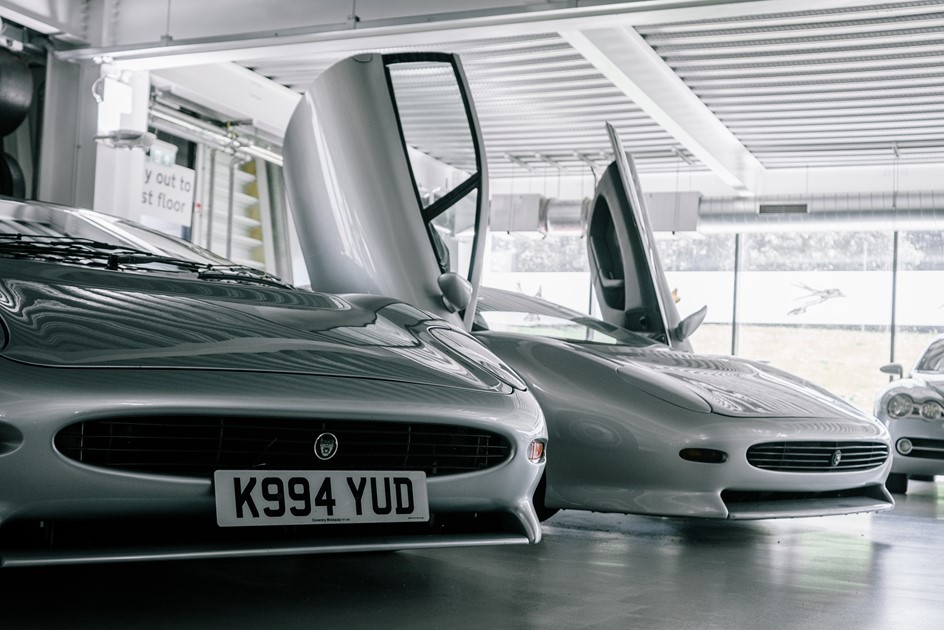The Jaguar XJ220: what could have been
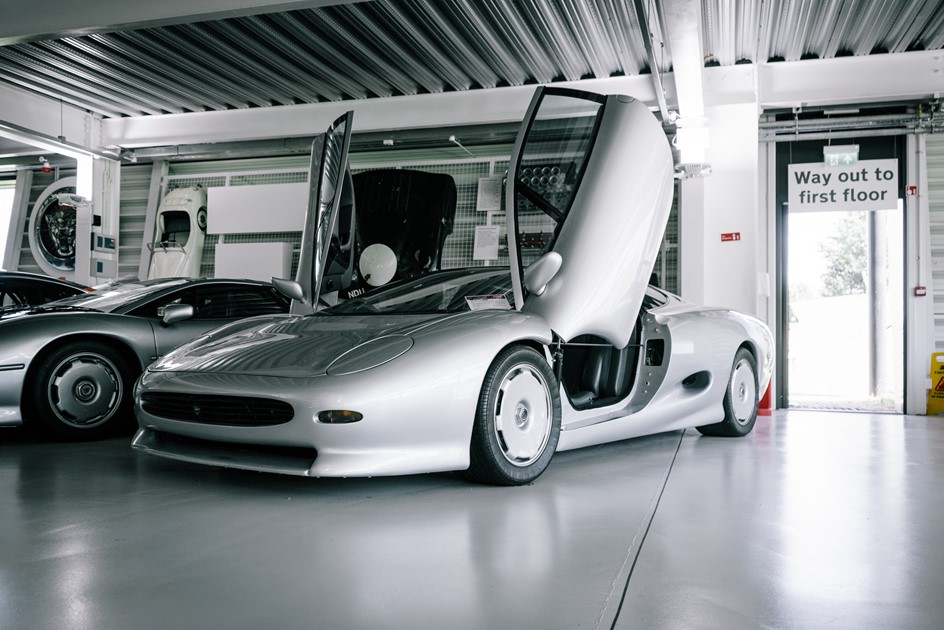
200mph is a minimum requirement for today’s supercars. However, it wasn’t long ago that reaching the double ton put you in a very exclusive club. Back in the late eighties, Jaguar had its own go at snatching the record with one of its most controversial, but iconic cars.
In the beginning
Twelve Jaguar engineers and designers volunteered their time on weekends and in the evenings to start what became known as ‘The Saturday Club’. If you walked into a Jag showroom in the late eighties the nearest thing you could get to the legendary Group C XJR race cars like the XJR-9LM was the XJ and XJS. So, the mission was to conjure up something that could bridge the cavernous gap between road cars and race cars by building one that shared many of the same components across the two industries.
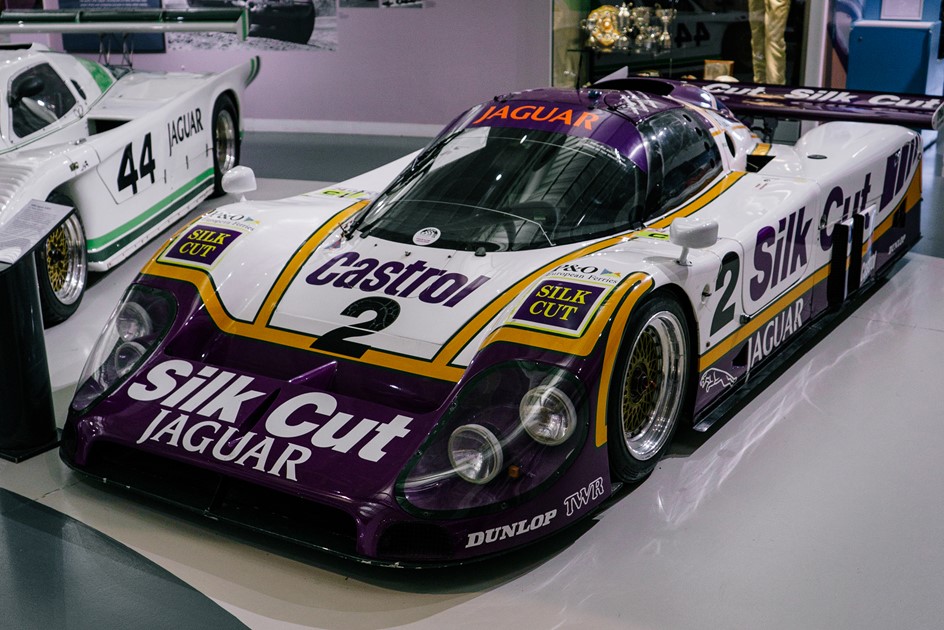
The shape was designed by Keith Helfet, the man who eventually designed the F-Type, with the underpinnings built to the regulations of Group B. The design was decided on yet it still didn’t have the support of the Jaguar board. The project was still left down to The Saturday Club and what they came up with was a mouth-watering recipe.
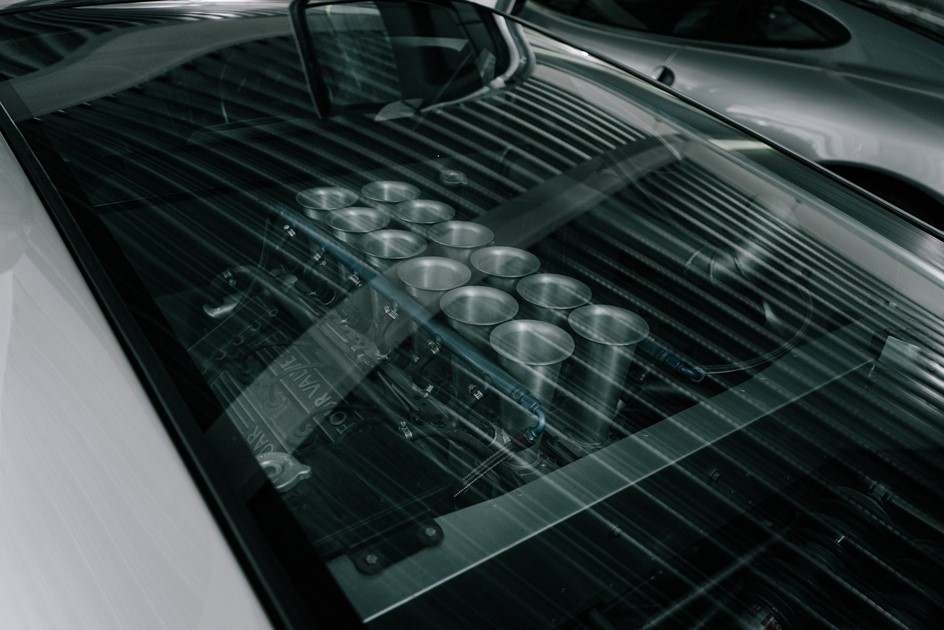
Influences from the circuit
A Le Mans-derived, 6.2-litre, quad-cam, 48-valve V12 was placed in the middle and hooked up to a four-wheel drive system, a configuration nowhere near as common as it is in modern-day supercars. On the inside, it had all the comforts you’d expect from a Jaguar at the time such as heated electric seats, an Alpine sound system and air conditioning. The car looked years ahead of its time with its slick bodywork and scissor doors.
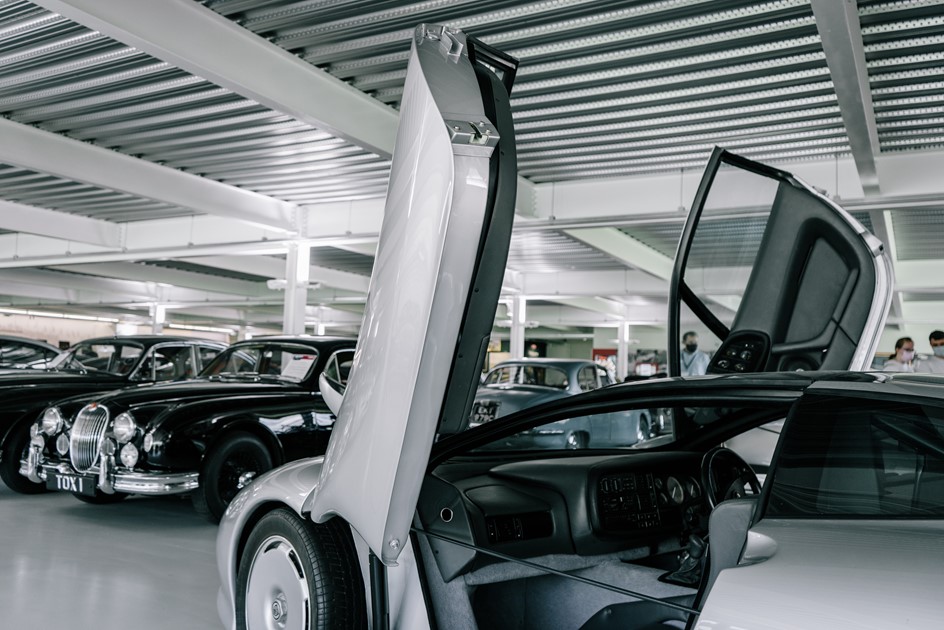
NEC reveal
The concept XJ220 received a very positive reaction when it was unveiled in 1988, only eight hours after the car was actually finished, at the British International Motor Show in Birmingham. It completely eclipsed the Ferrari F40 at the NEC and this response forced Jaguar's hand, and the XJ220 went into production. However, it needed to find someone to build it as the resources just weren’t available in-house. The British company turned to specialist race engineering company Tom Walkinshaw Racing to help develop the supercar in conjunction with JaguarSport.
In the following two years after the concept’s reveal, Jaguar went on to sell 1,400 slots for the XJ220 with a non-refundable £50,000 deposit, even though there was no concrete intention to build that many, if any at all.
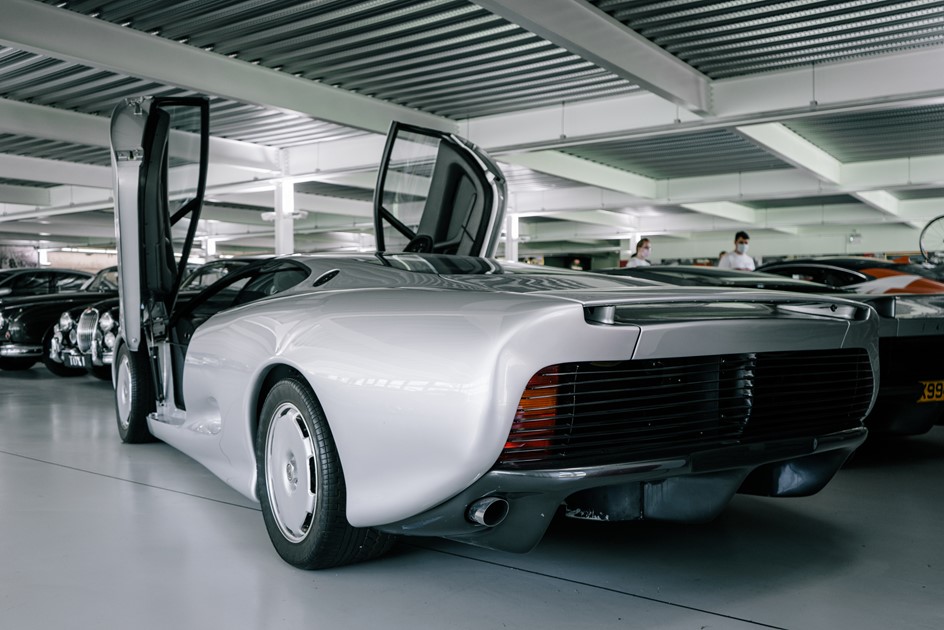
Teething problems
Problems started in the early stages of development, with the concept car already being over half a ton heavier than the F40. It was also decided that the production car would actually be rear-wheel drive, due to the four-wheel drive system causing too many issues in development and not offering enough of an advantage to warrant its inclusion.
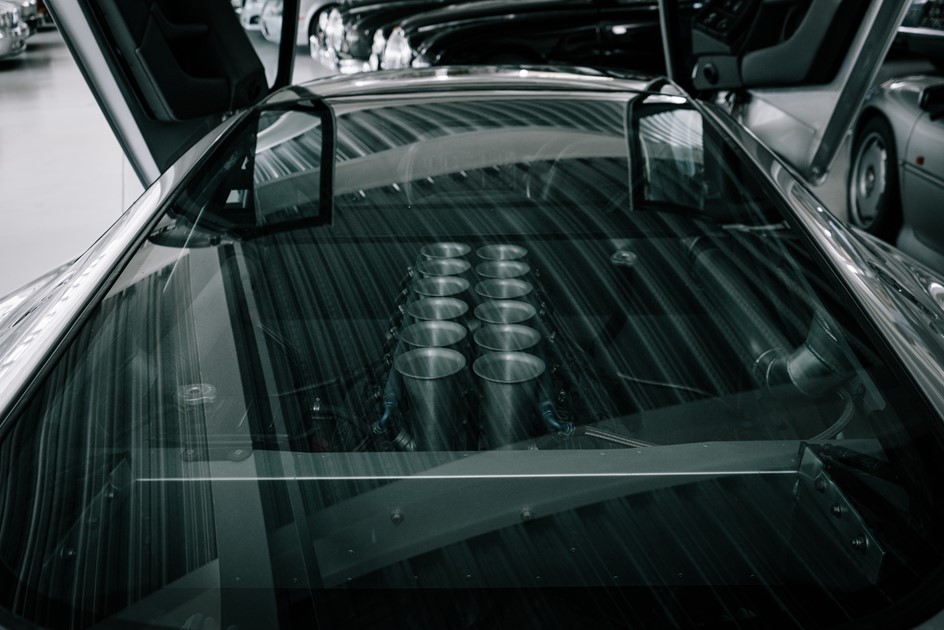
Due to emissions standards, the V12 was controversially replaced with a twin-turbocharged version of the V6 you’d find in the Metro 6R4. It would still produce an extremely healthy 550bhp, but it certainly would never have the acoustics and soul of a motorsport-inspired naturally-aspirated V12 which was undoubtedly one of the most desirable aspects of the concept car.
The cutbacks and changes disappointed many of those who had put deposits down. The final production car looked almost identical, but had no V12, no four-wheel drive system, and no scissor doors. Jaguar only ever built 281 production XJ220s.
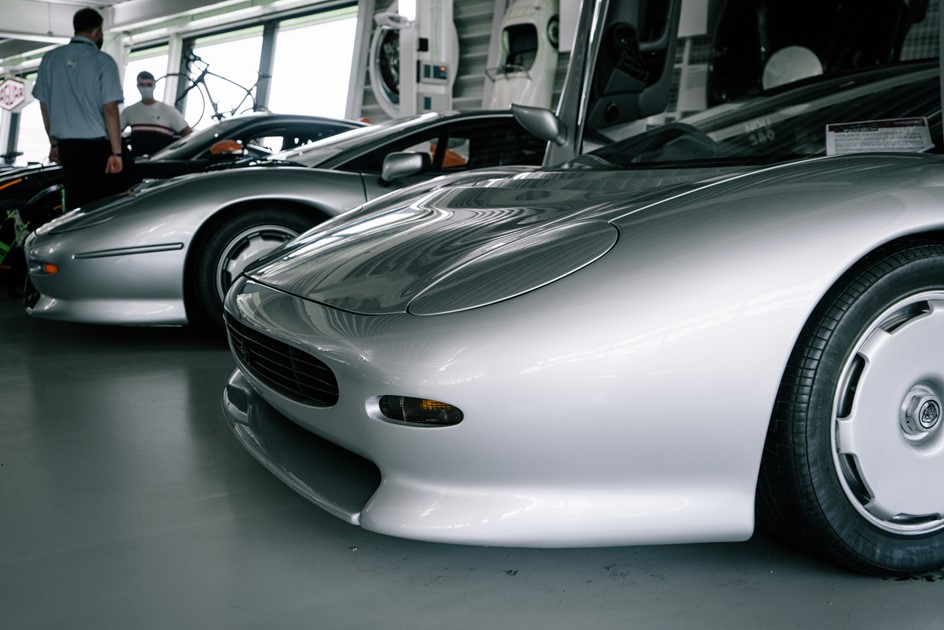
Delivering on a promise
That may make it sound like something of a failure. However, what it did do was achieve its target of becoming the fastest car in the world, a record it held for a year before being dethroned by the mighty McLaren F1. Jaguar took a decatted – which was legal in Europe back then – version of an XJ220 and raised the rev limit to 7900rpm.
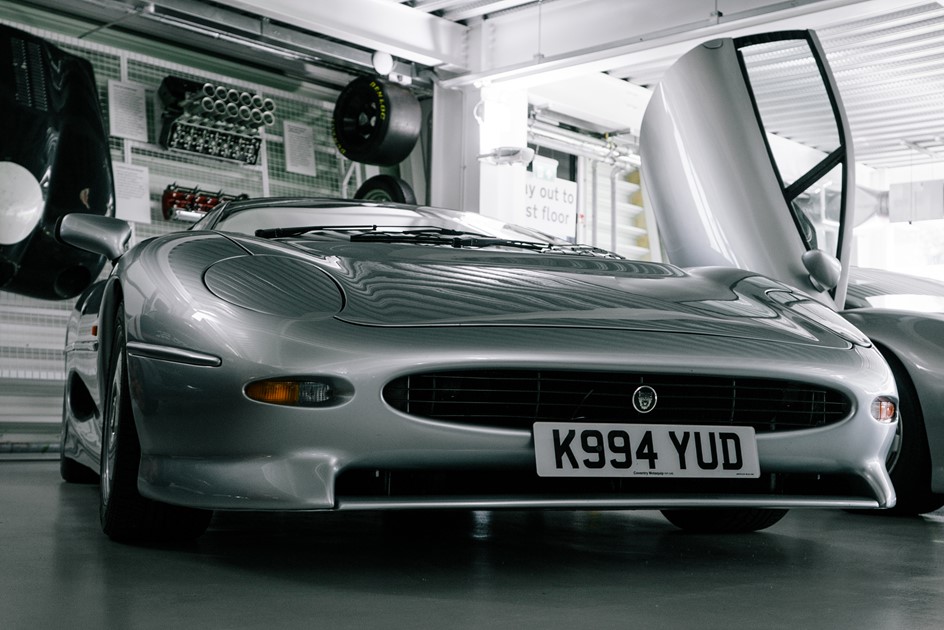
The car took to the famous banked Nardo test track and achieved a top speed of 217mph, which when corrected as if it was done on a flat straight, equated to 223mph. If nothing else, the XJ220 had lived up to the number in its name, something that solidifies its place in the automotive history books.
Investment desirability
Ageing like a fine wine, the XJ220 has become an extremely desirable supercar in the modern era, making it an excellent automotive investment option. That sentiment is reflected in the examples that have been listed for auction and gone under the hammer in recent years – RM Sotheby’s and Pistonheads have highlighted that a sale price of approximately half a million pounds is perfectly achievable.


